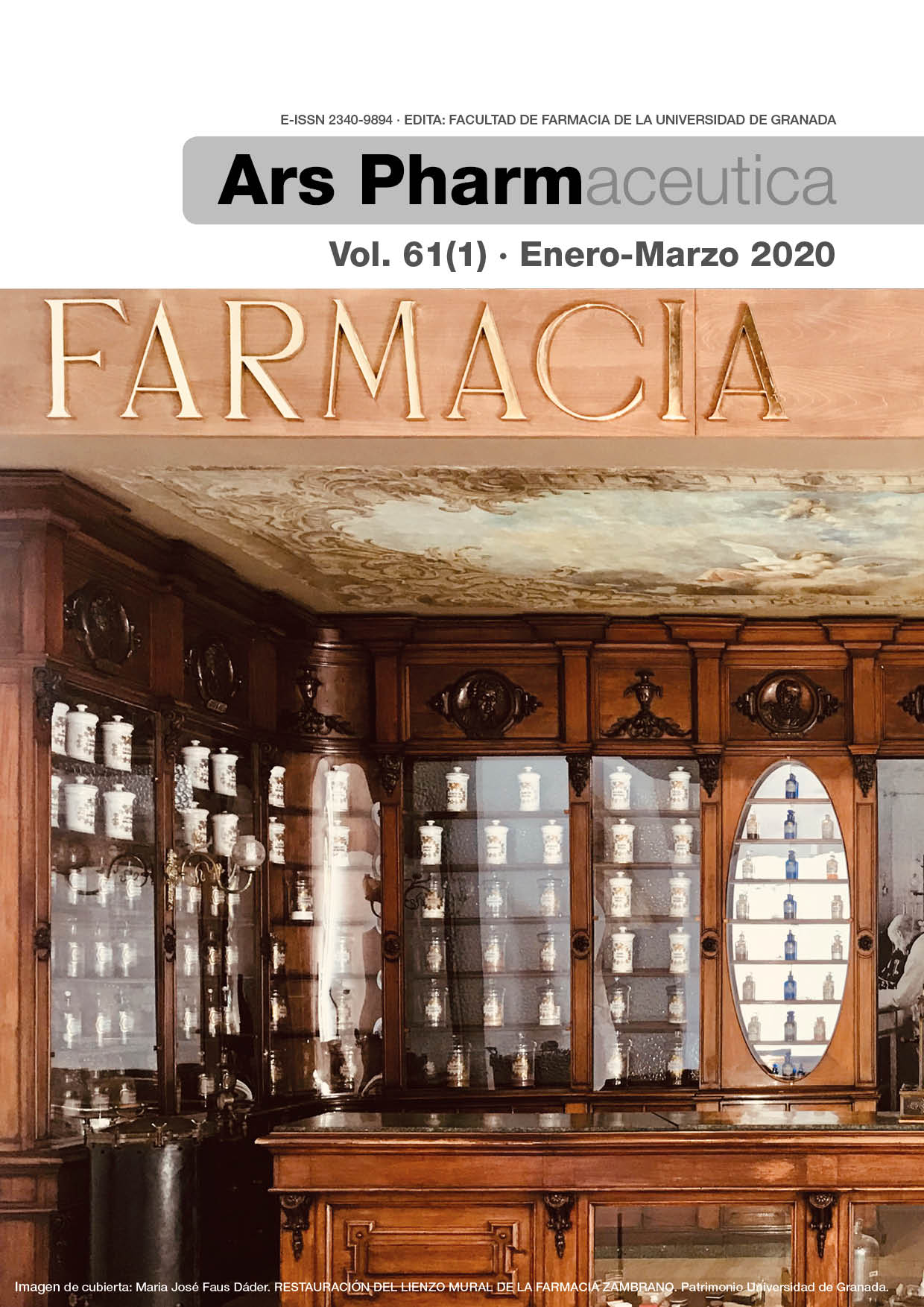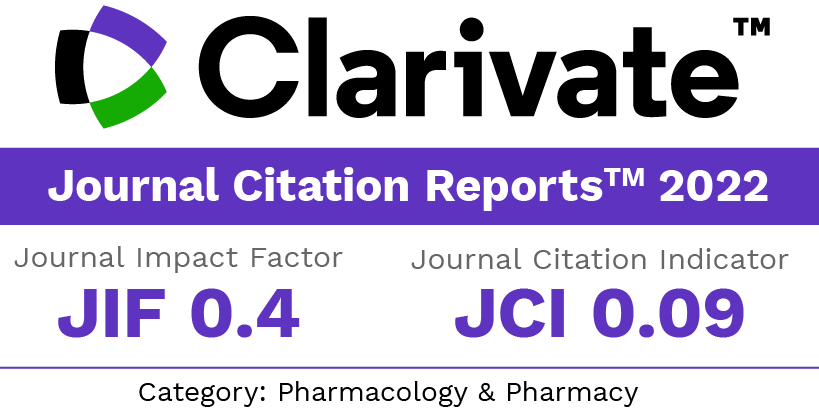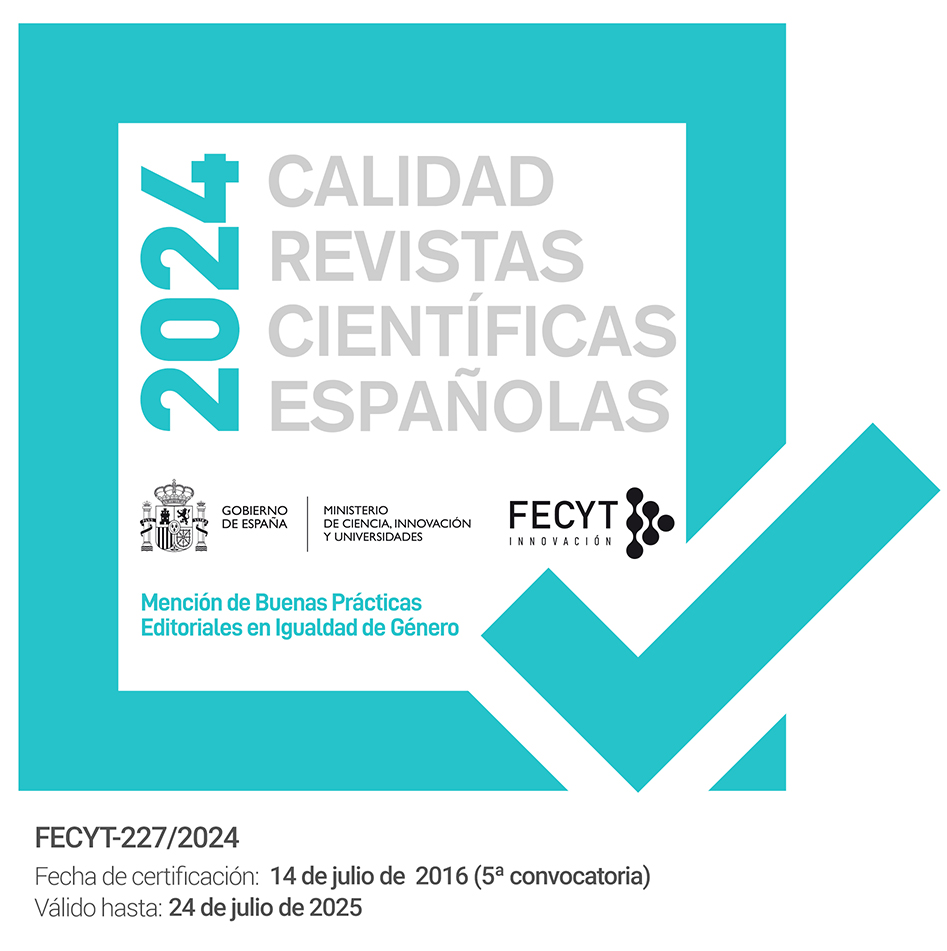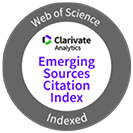Innovación en el desarrollo de queso fundido para lonchear a partir de queso fresco de cabra
Palabras clave:
queso, consumidor, artesanal, fundido, cabra.Resumen
Introducción: El objetivo principal de este trabajo es desarrollar un derivado lácteo, queso fundido, con unas propiedades sensoriales adecuadas, mediante un proceso tecnológicamente viable para las empresas lácteas artesanales de Andalucía, de forma que se mejore la competitividad de dicho sector, a través de la diversificación de su producción y el aprovechamiento de los recursos.
Métodos: Para la elaboración de queso fundido se tomó como materia prima, queso fresco de leche pasteurizada de cabra, de tipo pasta prensada, el cual se molturó y sometió al proceso de fundición. Los métodos analíticos aplicados, son análisis físico - químico, sensorial y estadístico.
Resultados: Tras las determinaciones analíticas, se observa que durante el proceso de fundición se incrementa el extracto seco del producto final, así como la disminución del pH por la adición de ácido láctico. En cuanto a los parámetros sensoriales, destacan el ‘Olor Mantequilla’ y ‘Olor Leche Cocida’, debido al tratamiento térmico aplicado, así como notas a especias.
Conclusiones: Los resultados obtenidos en este trabajo indican la posibilidad, tanto desde un punto de vista tecnológico como sensorial, de desarrollar un queso fundido en bloque a partir de queso fresco de cabra.Descargas
Citas
Ruiz FA, Navarro García L, Sayadi S, Castel Genis JM, Mena Guerrero Y. Comercialización de los quesos tradicionales andaluces. Instituto de Investigación y Formación Agraria y Pesquera. Junta de Andalucía. Consejería de Agricultura, Pes¬ca y Medioambiente. 2012.
López Ruiz AL, Barriga Velo D. La leche, composición y ca¬racterísticas. Junta de Andalucía. Consejería de Agricultura, Pesca y Desarrollo Rural. Instituto de Investigación, Forma¬ción Agraria y Pesquera de Andalucía. 2016. 2-5; 32 p.
Barriga Velo D, López Ruiz AL. Materias primas auxiliares en la Industria Láctea. Junta de Andalucía. Consejería de Agri¬cultura, Pesca y Desarrollo Rural. Instituto de Investigación, Formación Agraria y Pesquera de Andalucía. 2016. 7-12 p.
Ruiz FA, Fernández J, Colombo S, Pleguezuelos J, Urea LP, López A. Productos lácteos caprinos: una visión desde lo local a lo internacional. Málaga Ganadera. 2017.
Salmerón Restoy M. Caracterización de leche de cabra ultra¬filtrada para elaboración de yogurt. Trabajo de Fin de Máster. Universidad de Granada. 2013.
López Ruiz AL. Innovación en el sector lácteo artesanal: que¬so con jamón. Trabajo Fin de Máster. Universidad de Córdo¬ba. 2013.
Cunha CR, Viotto AH. Casein Peptization, Functional Pro¬perties, and Sensory Acceptance of Processed Cheese Spreads Made with Different Emulsifying Salts. J Food Sci. 2010;75(1): C113-C120 Doi: 10.1111/j.1750-3841.2009.01444.x.
Awad RA, Abdel-Hamid LB, El-Shabrawy SA, Singh RK. Physical and Sensory Properties of Block Processed Cheese with Formulated Emulsifying Salt Mixtures. International Int J Food Prop. 2004; 7(3): 429-448. Doi: 10.1081/JFP-200032934.
Barth AP, Tormena CF, Viotto WH. pH influences hy¬drolysis of sodium polyphosphate in dairy matrices and the structure of processed cheese. ADSA. 2017;100(11): 8741 - 8742 . Doi: 10.3168/jds.2017-12764.
Hilmar Cheese Company, Inc. Hilmar. California. EEUU. Pa¬tente de Invención para: Proceso de uso de tratamiento térmi¬co para modificar y controlar las propiedades de fundido del queso natural (Process for using thermal treatment to modify and control the melt properties of natural cheese). McLeod, J., Alyss Gunter, G. & Shynkaryk, M. US 2018/0055064 A1. Fecha de publicación: 01/03/2018.
Cernikova M., Nikolaos R., Kozackova D., Behalova H., Lunakova L., Bunka F. The effect of selected processing parameters on viscoelastic properties of model processed cheese spreads. Int Dairy J. 2017;6:84-90. Doi: 10.1016/j.idairyj.2016.11.007.
Ghorbel D., Ben Bettaïeb N., Ghrib F., Ben Slema M., Attia H. Textural Properties of Commercial Processed Cheese Spreads: Instrumental and Sensory Evaluations. Int J Food Prop. 2016;19(7):1513-1521. Doi: 10.1080/10942912.2015.1065425.
Sánchez-Macías D, Moreno-Indias I, Álvares S, Cleve¬lan M, Castro N, Argüello A, del Rosario M. Sensory analysis of full-, reduced- and low-fat cheese elaborated with raw goat milk. J Appl Anim. 2012;40: 124-132. Doi: 10.1080/09712119.2011.633880.
Yalman M, Güneşer O, Karagül Y. Evaluation of Some Phy¬sical, Chemical and Sensory Properties of Kasar Cheese and Its Processed and Analogue Types. Int J Agric Sci. 2015; (23): 63-75
Banville V, Power N, Pouliot, Britten M. Relationship between Baked-Cheese Sensory Properties and Melted-Cheese Physi¬cal Characteristics. J. Texture Stud. 2015;46: 332-333. Doi: 10.1111/jtxs.12132.
Kuo M, Wang Y, Gunasekaran S, Olson N. Effect of Heat Treatments on the Meltability of Cheeses. ADSA. 2001;84 (9):1942-1943. Doi: 10.3168/jds.S0022-0302(01)74635-8.
Tamime AY. Processed Cheese and Analogues. Society of Dairy Technology. Wiley John + Sons; 2011.
Galván Romo L. Evaluación sensorial: quesos de oveja y ca¬bra. Instituto Nacional de Tecnología Industrial. Argentina 2007.
Joshi NS, Jhala RP, Muthukumarappan K, Acharya MR, Mis¬try VV. Textural and Rheological Properties of Processed Cheese. Int J Food Prop. 2004;7(3): 519-530. Doi: 10.1081/JFP-200032962.
Cernikova M, Nebesarova J, Nikolaos R, Rihackova L, Bunka F. Microstructure and textural and viscoelastic properties of model processed cheese with different dry matter and fat in dry matter content. J Dairy Sci. 2017;100(6):4300-4307 Doi: 10.3168/jds.2016-12120
Descargas
Archivos adicionales
Publicado
Cómo citar
Número
Sección
Licencia
Derechos de autor 2020 Álvaro Pedregosa Cabrero, Ángel Luis López-Ruiz, Manuel Olalla-Herrera

Esta obra está bajo una licencia internacional Creative Commons Atribución-NoComercial-CompartirIgual 4.0.
Los artículos que se publican en esta revista están sujetos a los siguientes términos en relación a los derechos patrimoniales o de explotación:
- Los autores/as conservarán sus derechos de autor y garantizarán a la revista el derecho de primera publicación de su obra, la cual se distribuirá con una licencia Creative Commons BY-NC-SA 4.0 que permite a terceros reutilizar la obra siempre que se indique su autor, se cite la fuente original y no se haga un uso comercial de la misma.
- Los autores/as podrán adoptar otros acuerdos de licencia no exclusiva de distribución de la versión de la obra publicada (p. ej.: depositarla en un archivo telemático institucional o publicarla en un volumen monográfico) siempre que se indique la fuente original de su publicación.
- Se permite y recomienda a los autores/as difundir su obra a través de Internet (p. ej.: en repositorios institucionales o en su página web) antes y durante el proceso de envío, lo cual puede producir intercambios interesantes y aumentar las citas de la obra publicada. (Véase El efecto del acceso abierto).




















